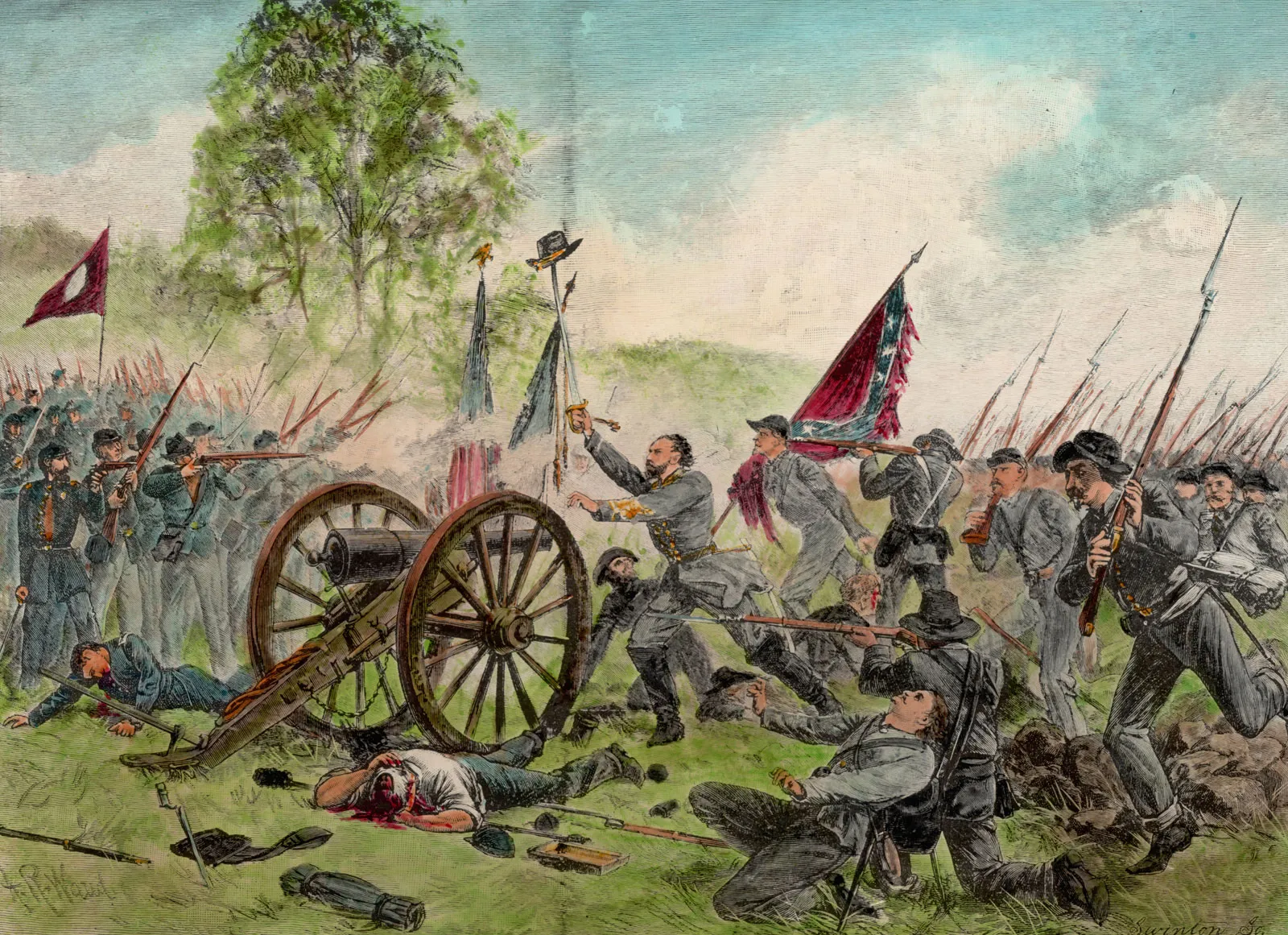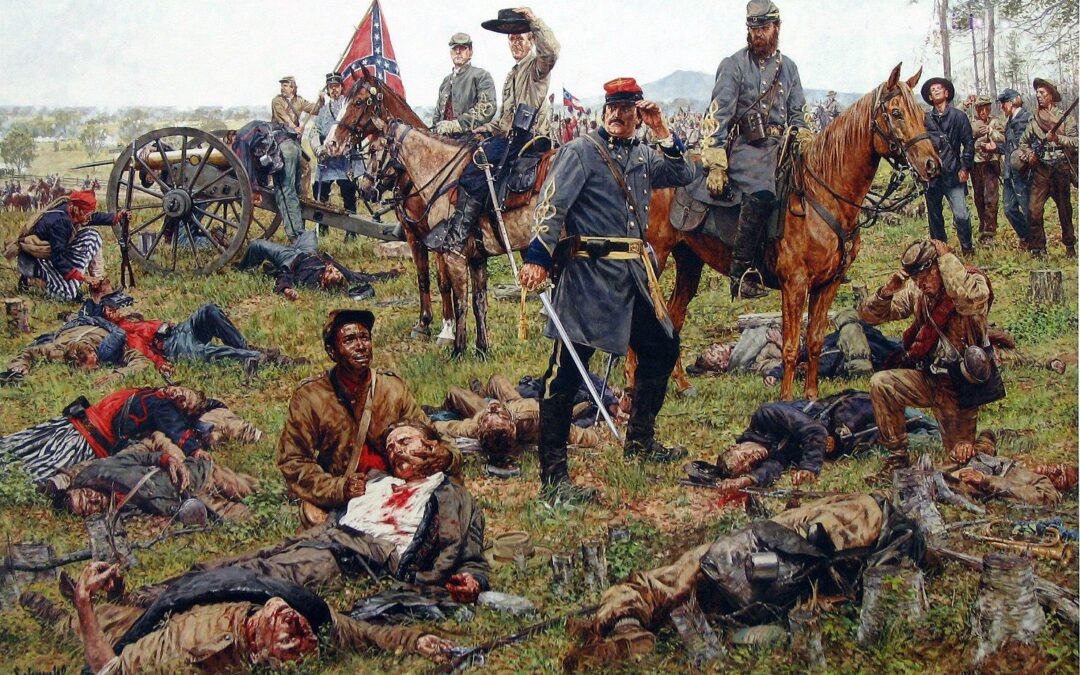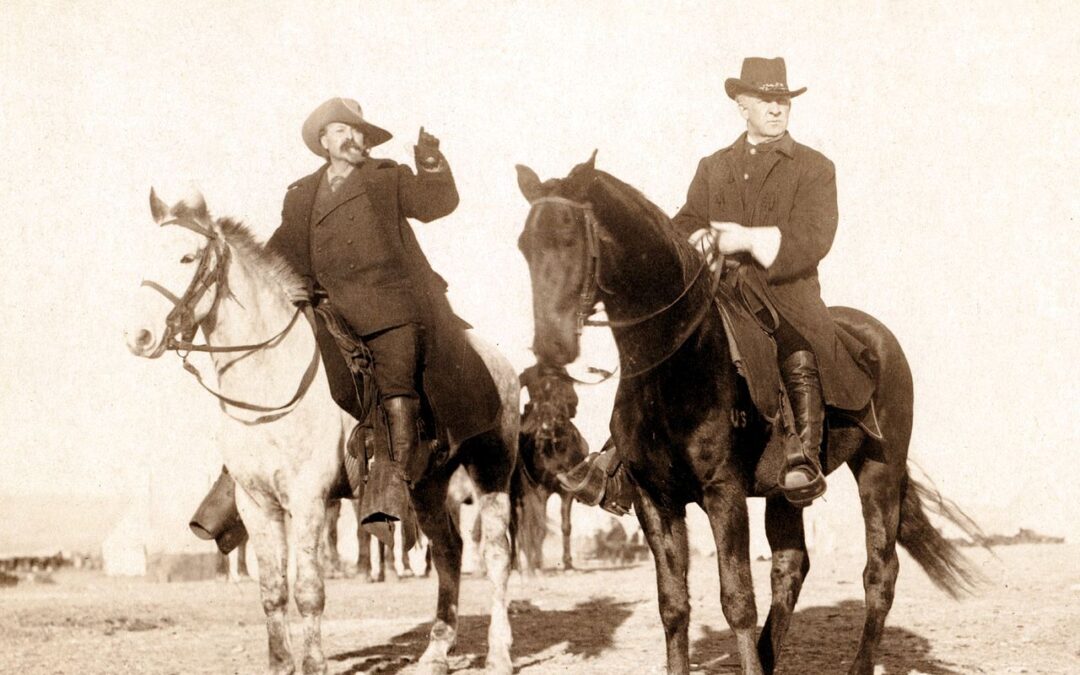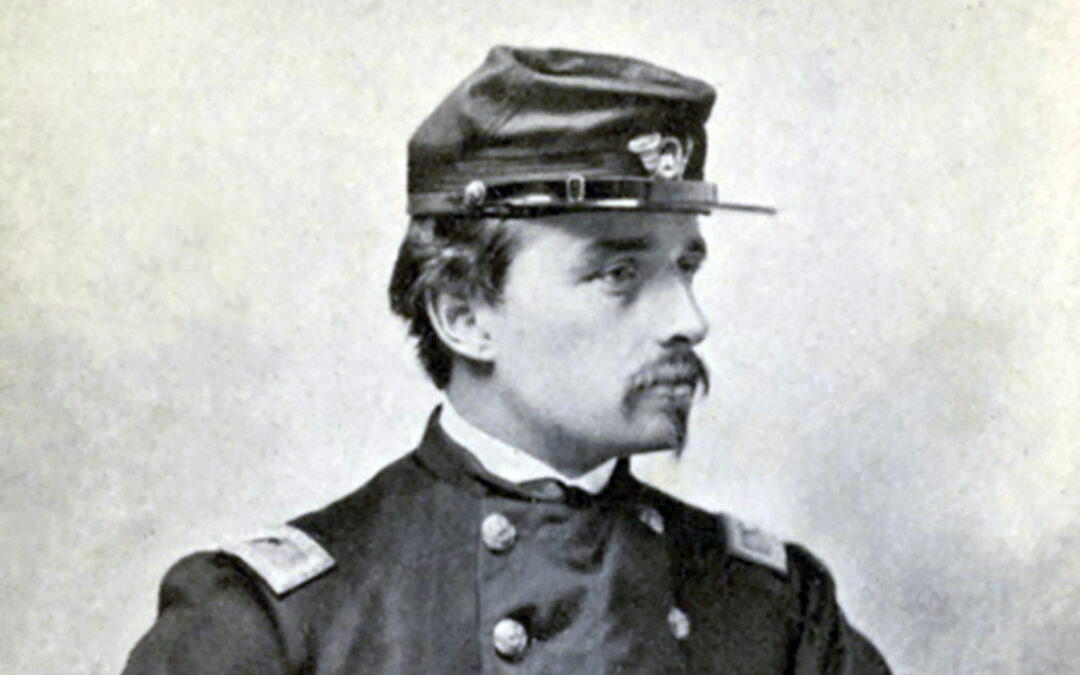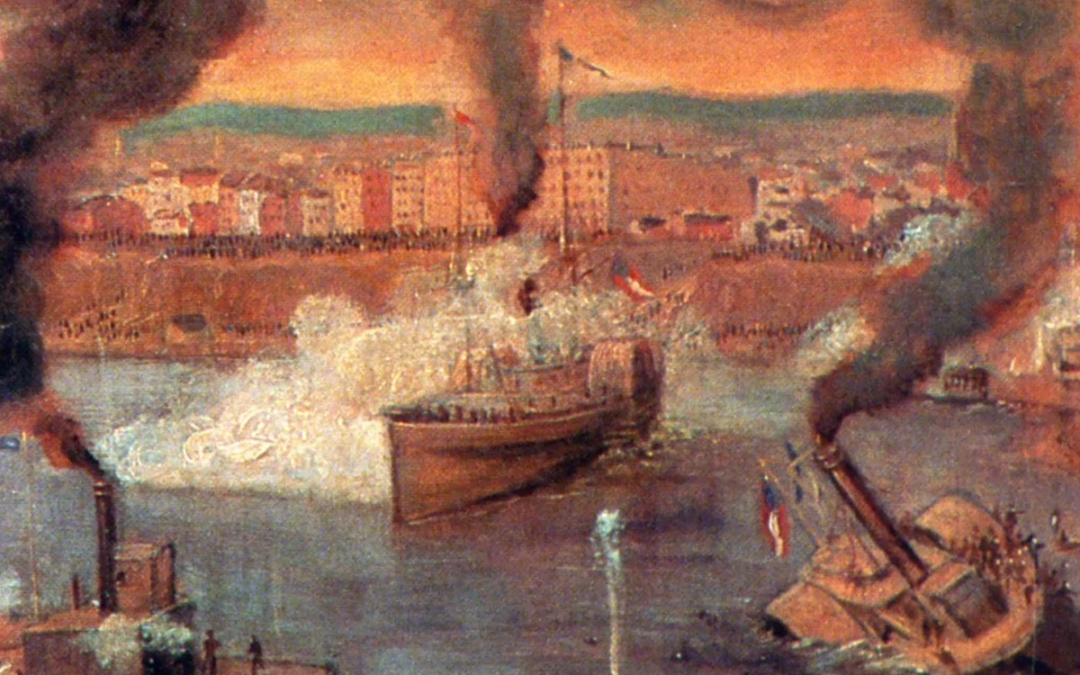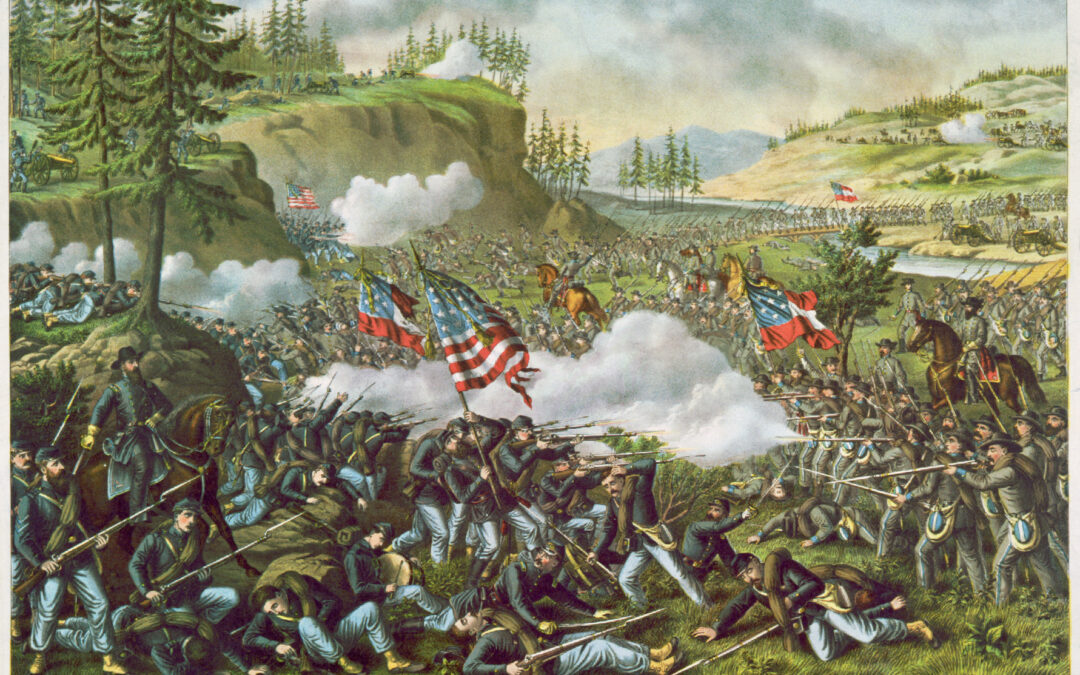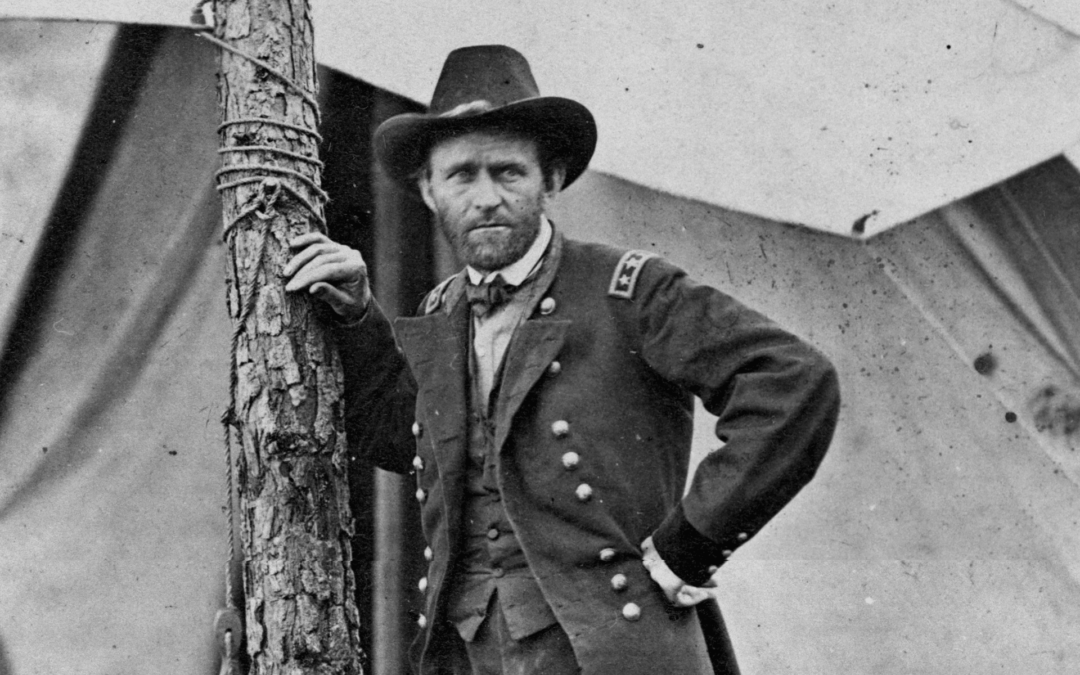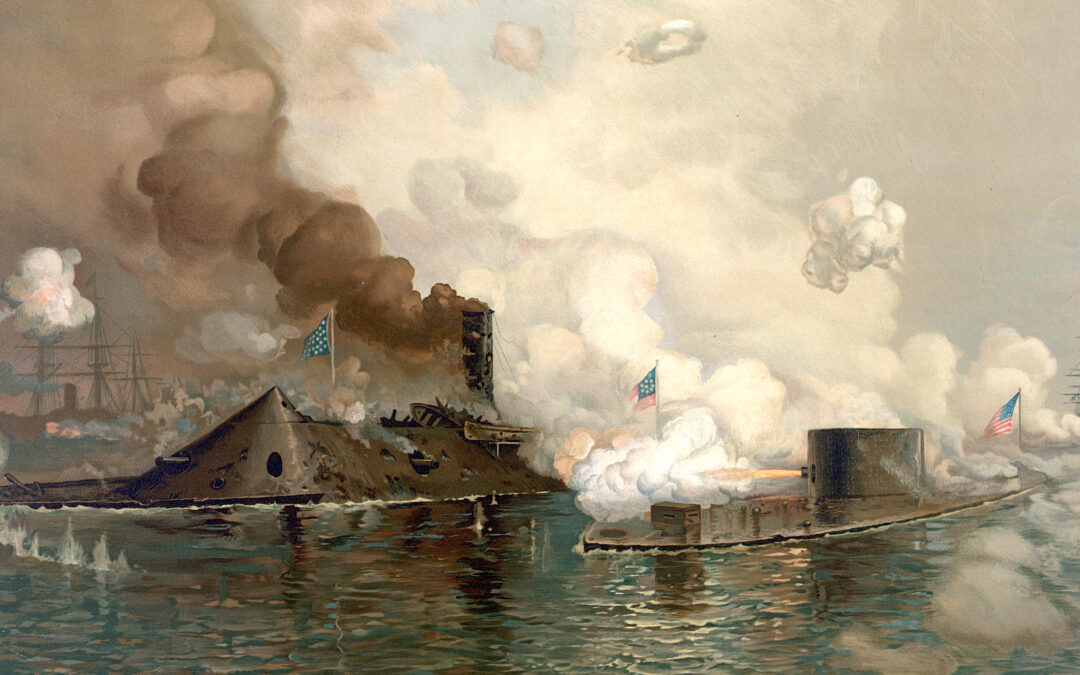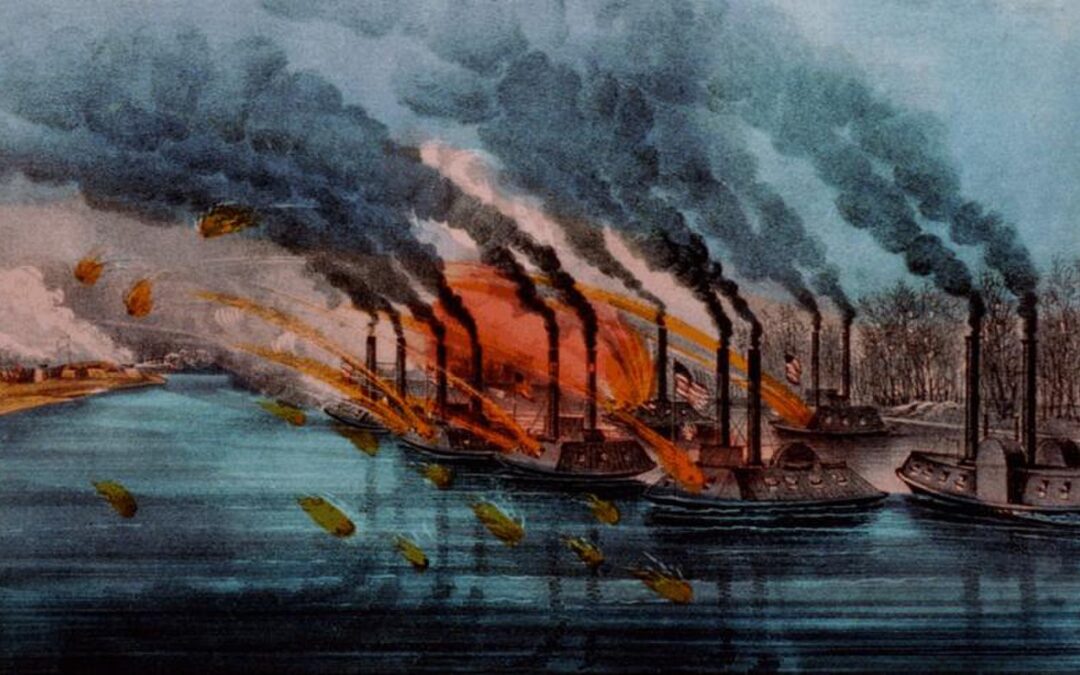Gen. Robert E. Lee led his Army of North Virginia only two times into the North throughout the American Civil War. The winner of the first battle was inconclusive; the second determined the winner of the war. The first battle fought on northern soil took place in September 1862, when Gen. Robert E. Lee's army invaded Maryland. It was near Antietam Creek in Sharpsburg, Maryland where his Army of Northern Virginia was confronted by Maj. Gen. George McClellan's Army of the Potomac. Fierce hand-to-hand fighting resulted in halting Lee's invasion, but Lee was able to withdraw his army back to Virginia without obstruction from the cautious McClellan who offered no pursuit. Although the battle was tactically inconclusive, the Confederate troops had withdrawn first from the battlefield, making it, in military terms, a Union victory. Antietam was also the bloodiest single-day battle in American history, with a combined total of nearly 23,000 dead, wounded, and missing. Eleven months...
